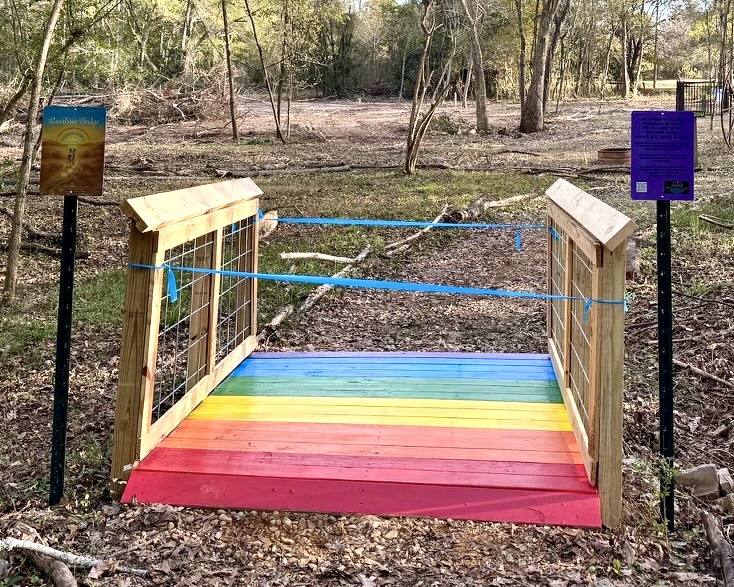USDA invests $3 million in new rural Alabama programs
Reading time: 4 minutes

The United States Department of Agriculture (USDA) is investing over three million in rural Alabama programs. What are the USDA’s plans for the investment? Keep reading to find out.
On Thursday February 25, the USDA Department’s Office of Rural Development in Montgomery announced the good news. The USDA is investing $42.3 million dollars to help rural residents gain access to health care and educational opportunities—three million of that investment will fund five rural Alabama programs.
Why is the USDA investing in rural communities?

Rural areas face several challenges trying to respond to COVID-19, like lack of access to adequate healthcare, lack of health insurance and higher rates of underlying health conditions. This leaves rural communities vulnerable and causes an increase in higher infection rates and deaths related to COVID-19.
A recent report from the Rural Policy Research Institute’s Center for Rural Health Policy Analysis found that COVID-19 infection and death rates are 13.4% higher in rural areas than in urban areas.
This what the USDA Rural Department is hoping to change. Agriculture Secretary Tom Vilsack believes these investments from the Biden Administration will change and save the lives of rural communities.
“USDA is helping rural America build back better using technology as a cornerstone to create more equitable communities. With health care and education increasingly moving to online platforms, the time is now to make historic investments in rural America to improve quality of life for decades to come.”
Tom Vilsack, Agriculture Secretary
All of these projects are a part of the Agriculture Department’s Distance Learning and Telemedicine Grants program.
What programs does Alabama have planned?

All of the new rural Alabama programs relate to telemedicine and distance learning. Here is what you can expect from the three million investment
In west Alabama
University of Alabama will use the USDA’s investment of $916,948 to connect twenty-three ambulances to seven hospitals in eight different rural counties in west-central Alabama.
The network of ambulances will be equipped with telemedicine services to report patient data to emergency room physicians. This technology allows emergency room physicians to communicate with emergency medical technicians, providing more efficient care for patients.
In Lauderdale County
The Lauderdale County Board of Education will use the USDA’s investment of $245,618 to install distance learning systems in Lauderdale County’s:
- elementary school
- secondary schools
- Board of Education’s offices
The Board will purchase mobile carts, bridging software and wireless access points to create a remote teaching system. The will enable teachers to provide reliable lessons and educational opportunities to more students.
In Clarke, Marengo, Wilcox and Monroe counties
Physicians Care of Clarke will use the USDA’s investment of $744,150 to create a telehealth system across several regional healthcare systems. This project plans to install telemedicine carts and videoconferencing equipment in:
- schools
- administration centers
- primary health care clinics
This technology will capture diagnostic information, provide clinical supervision and consultation services. These rural Alabama programs will assist residents who have difficulty accessing primary and specialty care providers.
In Bibb, Dallas and Talladega counties
University of Montevallo will use the USDA’s investment of $580,308 to form a telemedicine system that provides access to mental health through its Community Counseling Clinic.
Telemedicine units offering mental health services for students, teachers and community members will be installed in high schools in:
- Bibb county
- Dallas county
- Talladega county
The University of Montevallo will also use distance learning equipment to provide distance education for professional educators, instructional leaders and high school students in dual-enrollment courses.
In Bibb, Perry, Chilton and Jefferson counties
The Cahaba Medical Care Foundation will use the USDA’s investment of $789,150 for teleconferencing equipment to offer distance learning for its family medicine residents.
Teleconferencing equipment will help medical school graduates achieve medical licensure or board certification—all the while applying their medical skills in rural areas. This equipment will also be used for telemedical services assisting with the influx of patients due to the COVID-19.
Overall, the USDA expects to benefit five million rural residents through all of their investments for now and many years to come.



